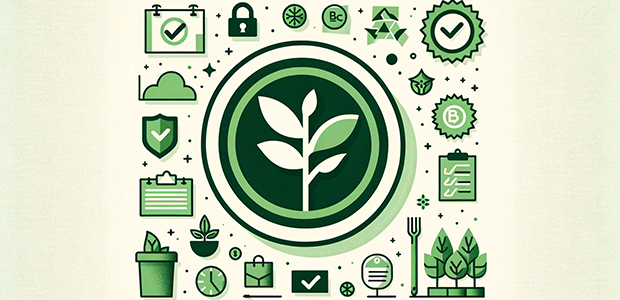
How to become a B Corp
March marks B Corp Month, a time that is completely dedicated to the B Corp community to join together and celebrate what it means to be a B Corp. With consumers becoming ever more conscious of what they are purchasing, becoming a B Corp-certified company has become a sought-after status.
So, how can a company become B Corp-Certified? And what does it mean to be a B Corp company?
B Lab
B Lab was founded back in 2006 by Andrew Kassoy, Bart Houlahan, and Jay Coen Gilbert in the United States. The trio shared a vision to inspire and enable people to use business as a force for good. The first 82 Certified B Corps were certified in 2007.
Following this, B Lab UK was launched in 2015. B Lab UK is driving change towards an economy that's inclusive, equitable, and regenerative. It’s on a mission to shift the definition of success in business by cultivating a community of dedicated businesses. Through promoting the B Corp Movement and advocating for transformations within the UK economy, it aims to inspire and mobilise a wave of change for a better future.
Can startups be certified as B Corps?
Startups and SMEs may pursue ‘Pending B Corp status.’ Pending B Corp status is designed to give smaller companies the time to prepare for the rigorous process of full B Corp Certification. This status signals to investors that a company already measures and manages its social and environmental performance, making it a more appealing and fundable venture.
Achieving Pending B Corp status differs from obtaining full B Corp certification. Pending B Corp is a temporary designation; companies must undergo B Lab's comprehensive verification process after operating for a specific duration, as determined by their regional B Lab or Sistema B entity. Being recognised as a Pending B Corp offers companies an early advantage by allowing them to take the first steps towards full certification.
You can certify as a B Corp if you operate for profit in a competitive market, and have at least 12 months of active operations.
How to become a B Corp?
To begin, you must complete the B Impact Assessment (BIA), which is a free and confidential online tool to improve your company’s social and environmental impact. It covers approximately 200 questions, and the assessment examines the company’s impact on its key stakeholders (workers, community, environment, and customers), as well as capturing and assessing best practices regarding its mission and governance.
The BIA is a comprehensive measurement of the company’s entire performance. It measures a company’s social and environmental performance across five impact areas: Governance, Workers, Community, Environment, and Customers. Within these impact areas, there are two types of questions: operational questions and impact business model questions.
As part of the certification process, companies are also required to meet the B Corp Legal Requirement. This is a mandatory change to your company’s constitutional documents that commits the company to consider all stakeholder interests in decision-making, not just shareholders. This also carries up to 10 points towards its overall assessment score.
One the BIA has been completed and a score of at least 80 has been obtained, a company can then submit the assessment to B Lab and begin the review process. During this process, the company will be asked to provide documentation and evidence to support the answers that were given in the assessment. This is when a review call with an analyst will happen, where the assessment will be discussed in further depth.
Once all assigned tasks have been completed, a B Lab Standards Analyst will be assigned to work with the company to review the assessment and verify all documentation provided. When the verification is complete, and a complete score of 80+ points is achieved, the company is able to sign the B Corp Agreement, pay the annual fee, and join the B Corp Community.
In order to maintain certification, all B Corps must recertify every three years to ensure all information is kept up-to-date and accurate, as well as publish an annual report to foster regular, open communication.

